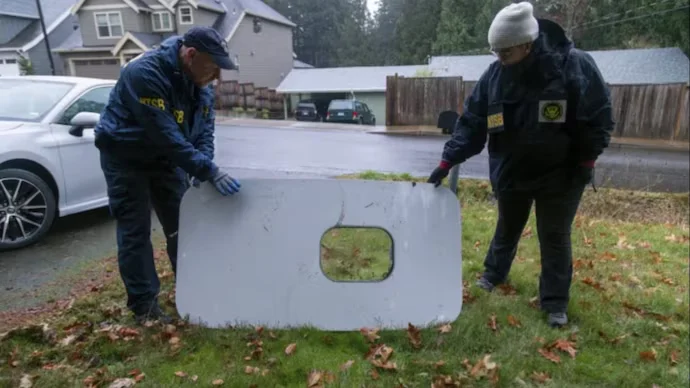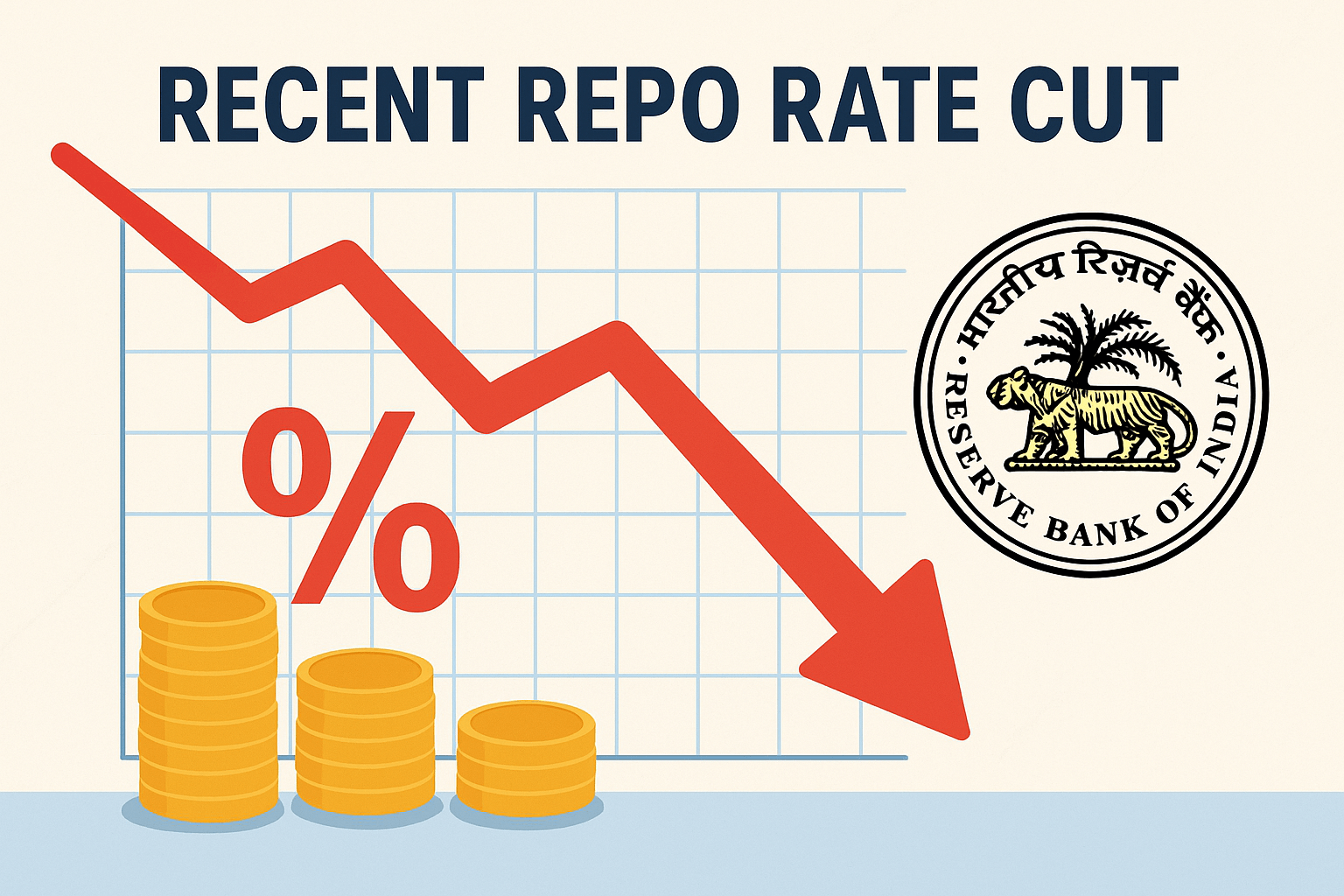Introduction
In a recent incident that sent shockwaves through the aviation industry, an Alaska Airlines flight experienced a midair emergency when one of its panels unexpectedly blew out. What has added a layer of complexity to the situation is the revelation that the problematic panel was manufactured in Malaysia. This incident has raised concerns about the quality and safety standards of aircraft components produced in foreign countries, particularly in the context of a globalized aviation industry.
The Incident
The incident occurred during a routine flight operated by Alaska Airlines, a reputable carrier known for its commitment to passenger safety. The aircraft experienced a sudden blowout of a panel, causing panic among passengers and necessitating an emergency landing. Fortunately, the flight crew’s quick response averted a potential disaster, and the plane landed safely.
Manufacturing in Malaysia
Investigations into the incident have revealed that the specific panel involved in the blowout was manufactured in Malaysia. This revelation has sparked debates and discussions regarding the outsourcing of aircraft components to countries with varying safety standards and regulations. Malaysia has become a prominent hub for aerospace manufacturing, attracting international companies seeking cost-effective solutions.
While outsourcing can lead to cost savings, it also poses challenges in terms of maintaining stringent quality control measures. The aviation industry is highly regulated, with safety being a paramount concern. Any compromise in the manufacturing process can have severe consequences, as demonstrated by the Alaska Airlines incident.
Quality Control Concerns
The incident has reignited concerns about the adequacy of quality control procedures in foreign manufacturing facilities. It prompts the industry and regulatory bodies to reassess the oversight and inspection processes for components produced outside the country of the airline operator. While globalization has undeniably brought economic benefits, ensuring the safety of passengers requires a delicate balance between cost-effectiveness and maintaining rigorous safety standards.
International Collaboration and Standardization
In the aftermath of the incident, calls for increased international collaboration and standardization in the aviation industry have grown louder. Establishing universal standards for manufacturing, testing, and quality control could mitigate the risks associated with outsourcing. International bodies such as the International Civil Aviation Organization (ICAO) could play a pivotal role in developing and enforcing these standards, fostering a more transparent and accountable global aviation sector.
Airline Responsibilities
The incident also raises questions about the responsibilities of airlines in ensuring the safety of their operations. While they may seek cost-effective solutions for components, airlines must prioritize safety above all else. This incident underscores the need for airlines to conduct thorough assessments of their suppliers and manufacturing partners, irrespective of their geographic location.
Conclusion
The Alaska Airlines flight panel blowout serves as a stark reminder of the complexities and challenges associated with the globalization of the aviation industry. While outsourcing manufacturing can offer economic advantages, it also introduces risks that must be addressed through enhanced international collaboration, standardized procedures, and heightened diligence on the part of airlines. The incident prompts a broader conversation about the delicate balance between cost-effectiveness and passenger safety in an industry where the consequences of failure are exceptionally high. As the investigation unfolds, the aviation community awaits insights that could reshape the way components are sourced and scrutinized in the relentless pursuit of safer skies.










